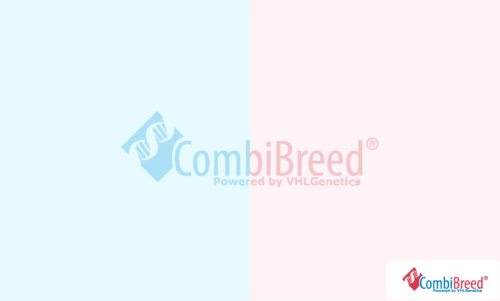Dun Dilution
Dun dilution is a coat colour pattern in horses caused by a specific gene known as the Dun gene or D gene. It affects both dark and light pigment in the hair, resulting in unique colour variations. The Dun gene acts on the base coat colours such as bay, black, or chestnut. It dilutes these colours, resulting in lighter shades. The extent of dilution can vary, creating a range of colours from light cream to pale yellow or tan. This means that a chestnut horse (affected by the E-locus mutation) with the Dun dilution becomes Red Dun. A black horse (affected by the A-locus mutation) with Dun dilution becomes Mouse Grey (also known as Grullo).
In addition, mutation in de Dun gene influences as so-called “primitive markings”. Primitive markings are dark legs with faint, tiger-like stripes (leg barring), a dark tip of the muzzle, and a dark stripe down the length of the spine. Dun dilution can also cause a pattern called cobwebbing or mottling on certain body parts, usually on the face, shoulder, neck, and hindquarters. These areas show lighter spots or patches distributed irregularly, giving a mottled appearance.
Horses with dun dilution often have lighter or hazel-coloured eyes compared to their non-dilute counterparts. Additionally, the mane and tail can be lighter or darker than the body colour, depending on the individual and other genetic factors interacting with the Dun gene.
Inheritance
Dun is the ancestral phenotype in horse, present in all wild horses (though not necessarily in feral horses such as mustangs). The Non-Dun phenotype (a lack of Dun dilution) is caused by two different mutations to the gene for T-box 3 (TBX3), known as nd1 and nd2. Allele nd1 does not dilute the coat colour of the horse; primitive markings are present but the expression is variable. Allele nd2 does not have an effect on the basic colour. As these mutations are both recessive, the Dun phenotype is effectively dominant.
It’s important to note that dun dilution is a separate trait from other patterns, such as graying or roaning, which can further modify the overall coat appearance.
Relevant tests
- P660
